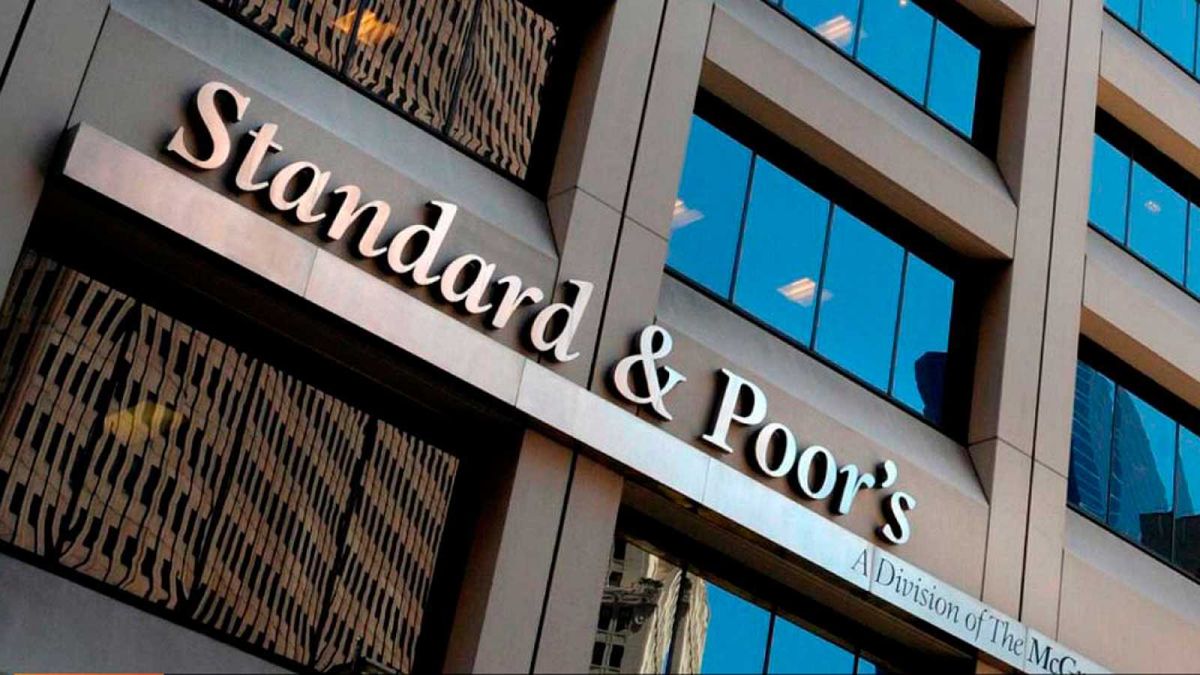A more contagious inflation than expected that also remains above the 2% objective set by the Federal Reserve (Fed)caused the rating agency S&P Global Ratings delay until December its forecast for the first drop in interest rates in the United States.
“Due to recent economic data and other developmentswe have recalibrated our opinions on the trajectory of interest rates in the US and now we think that the conditions for a easing of monetary policy by the Fed will not be in place before the fall,” explains the rating agency.
In this sense, the experts of S&P They highlight that data released in recent weeks presents a US economy that, in the first quarter, had solid underlying momentum behind it. But they also suggest that last year’s disinflationary momentum has dissipated. “We now believe the Fed will not cut rates until it sees several consecutive readings of slowing core inflation month over month,” they add.
“When we expressed our views in March on the trajectory of rate cuts, we said the balance of risks was tilting towards a delayed first cut, a slower pace of easing and higher year-end rates for 2024 and 2025,” explained Satyam Pandaychief economist of S&P in the US and added that “data released since then suggest that those risks have materialized”.
Although the risk of no rate cuts in 2024 increased, the rating agency still believes that the disinflationary trend remains intacteven after the bullish surprises in recent inflation reports. “We also don’t think the Fed feels the need to start raising rates again”.
Precisely, after the press conference after the last meeting of the US central bank, its head, Jerome Powelldismissed this idea by emphasizing that It was “unlikely” that the Fed’s next move would include a rate hike.
“Our existing base forecasts for the GDP growth and the unemployment They have not changed materially. While underlying economic activity so far this year has been slightly stronger than expected, a delay in Fed easing will likely cool GDP growth going forward,” S&P said.
In this sense, the latest data on the working market that cools down with the creation of 175,000 jobs during April, as published today by the Bureau of Labor Statistics The data was below the 315,000 jobs in March (revised upward from 303,000), and the consensus forecast, which anticipated 243,000.
For its part, the unemployment rate rose to 3.9%from the previous 3.8%, and continues in the narrow range of between 3.7% and 3.9% through which it has been since August 2023. For its part, the number of unemployed grew to 6.5 million people.
In April, the rate of labor force participation has been 62.7%and the employment-population ratio has barely changed, standing at 60.2%, one tenth below the March record.
The reading of Wall Street on these data was positive, registering strong purchases at the start of operations after the gains of the previous round led by the Nasdaq, now investors focused their attention on the official employment report, which showed a labor market that is cooling more than expected. expected.
For analysts, the feeling is not so bad after a week that confirmed that the Fed will not cut interest rates in the short termso investors just want the stock to rebound even this month and defy the popular saying of “sell in May and disappear”.
It is that even though the Fed saw this as a step toward getting comfortable with an interest rate cut, the relative strength of the working market is still too high for consider a cut before the end of the second quarter. In any case, the data that the wage growth actually cooledup to 3.9% year-on-year, would support the belief of the Fed that inflation is going down.
Source: Ambito
I am a 24-year-old writer and journalist who has been working in the news industry for the past two years. I write primarily about market news, so if you’re looking for insights into what’s going on in the stock market or economic indicators, you’ve come to the right place. I also dabble in writing articles on lifestyle trends and pop culture news.




